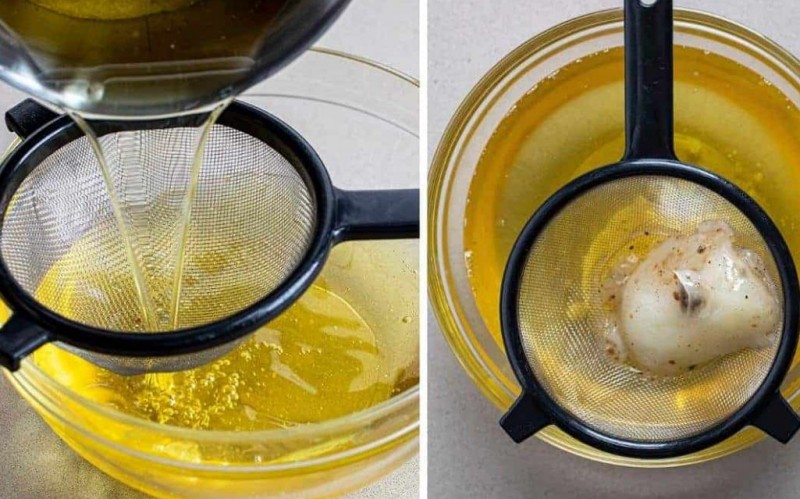
Reusing cooking oil is a common practice in many households and restaurants due to its cost-effectiveness and convenience. However, there are important considerations regarding its safety and optimal reuse. Properly managing and cleaning cooking oil before each reuse is crucial to minimize health risks and maintain food quality.
Understanding Cooking Oil Degradation:
Cooking oil undergoes chemical changes when heated repeatedly. During frying, oil breaks down due to exposure to high temperatures, oxygen, and moisture. This process alters the oil's molecular structure and can lead to the formation of harmful compounds such as free radicals and trans fats. These compounds are detrimental to health when consumed regularly and in high quantities.
Factors Affecting Reusability:
Smoke Point: Different oils have varying smoke points, which determine their stability at high temperatures. Oils with higher smoke points, such as sunflower, peanut, and canola oils, are more suitable for reuse as they can withstand multiple heating cycles without significant degradation.
Type of Oil: Oils with lower smoke points, such as olive oil and butter, should generally not be reused. These oils are more likely to degrade quickly and develop unpleasant flavors and harmful substances when reheated.
Guidelines for Safely Reusing Cooking Oil:
Cooling and Straining: After each use, allow the oil to cool completely. Strain it through a fine-mesh sieve or cheesecloth to remove food particles and debris. This step prevents the oil from becoming rancid and reduces the risk of burning during subsequent use.
Storage: Store strained oil in a clean, airtight container away from heat and light. Proper storage helps maintain the oil's quality and extends its usability. Avoid mixing different types of oils during storage, as this can accelerate degradation.
Monitoring Quality: Before reuse, inspect the oil for signs of degradation such as a rancid smell, excessive foaming, or darkening in color. If the oil shows any of these signs, it should be discarded rather than reused to avoid compromising food safety.
Limit Reuse: While some oils can be safely reused multiple times, it's generally recommended not to exceed two or three uses. With each heating cycle, the oil's quality diminishes, increasing the formation of harmful compounds.
Proper Disposal: When the oil can no longer be reused, dispose of it responsibly. Avoid pouring it down the drain, as it can clog pipes and harm the environment. Instead, let the oil cool completely, then transfer it to a sealed container and dispose of it in the trash or recycling center.
Reusing cooking oil can be safe and economical if done correctly. By following these guidelines for cleaning and managing cooking oil before each use, you can minimize health risks associated with degraded oils and ensure that your food remains healthy and flavorful. Proper handling and storage are key to maintaining both the quality of the oil and the safety of your culinary preparations.
BIMSTEC Foreign Ministers Meet PM Modi on Regional Cooperation
Why Sleeping with Your Mobile Phone Can Harm Your Health
Revolutionary Robotic Heart Surgery: A New Era in Cardiac Care